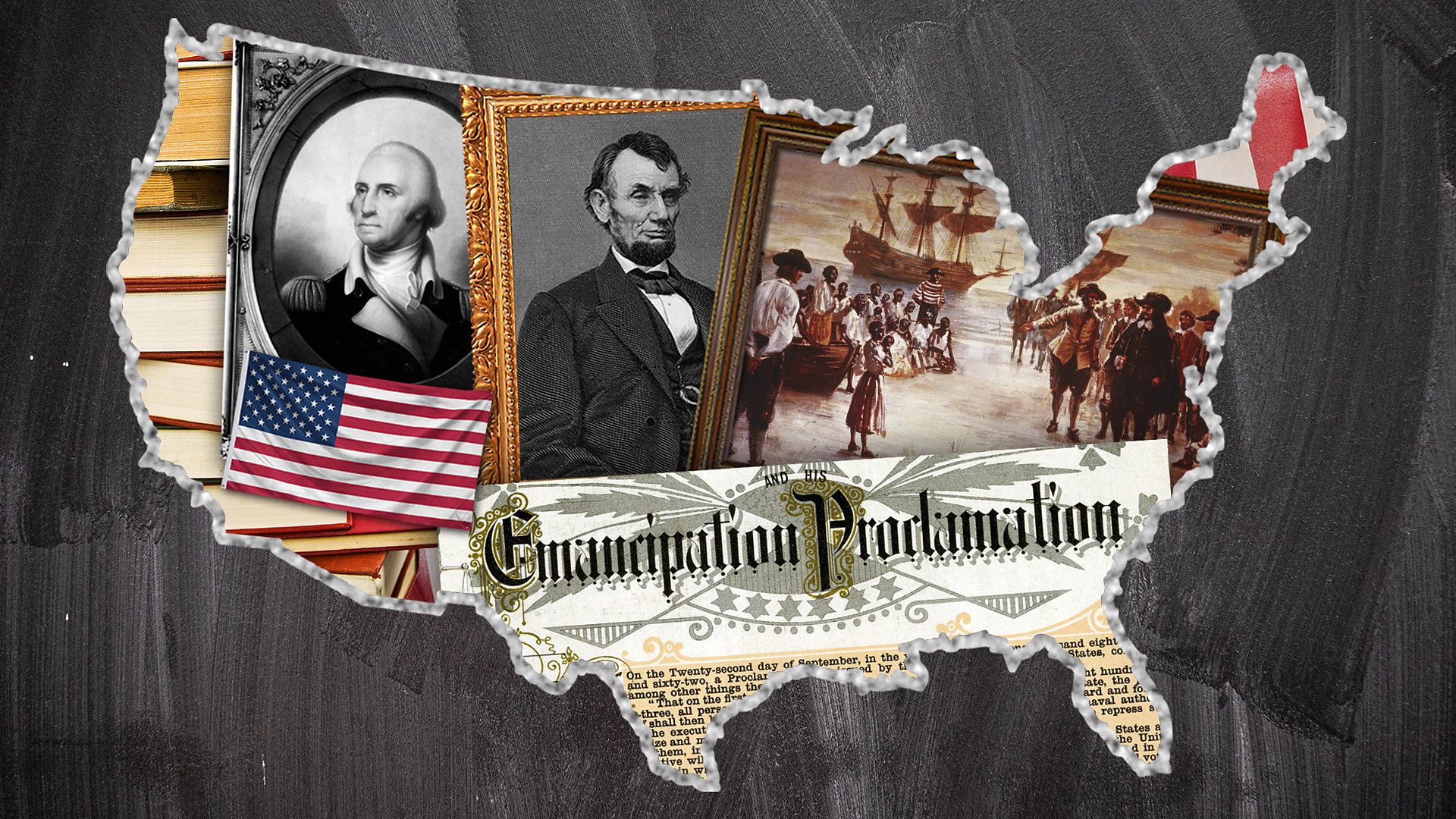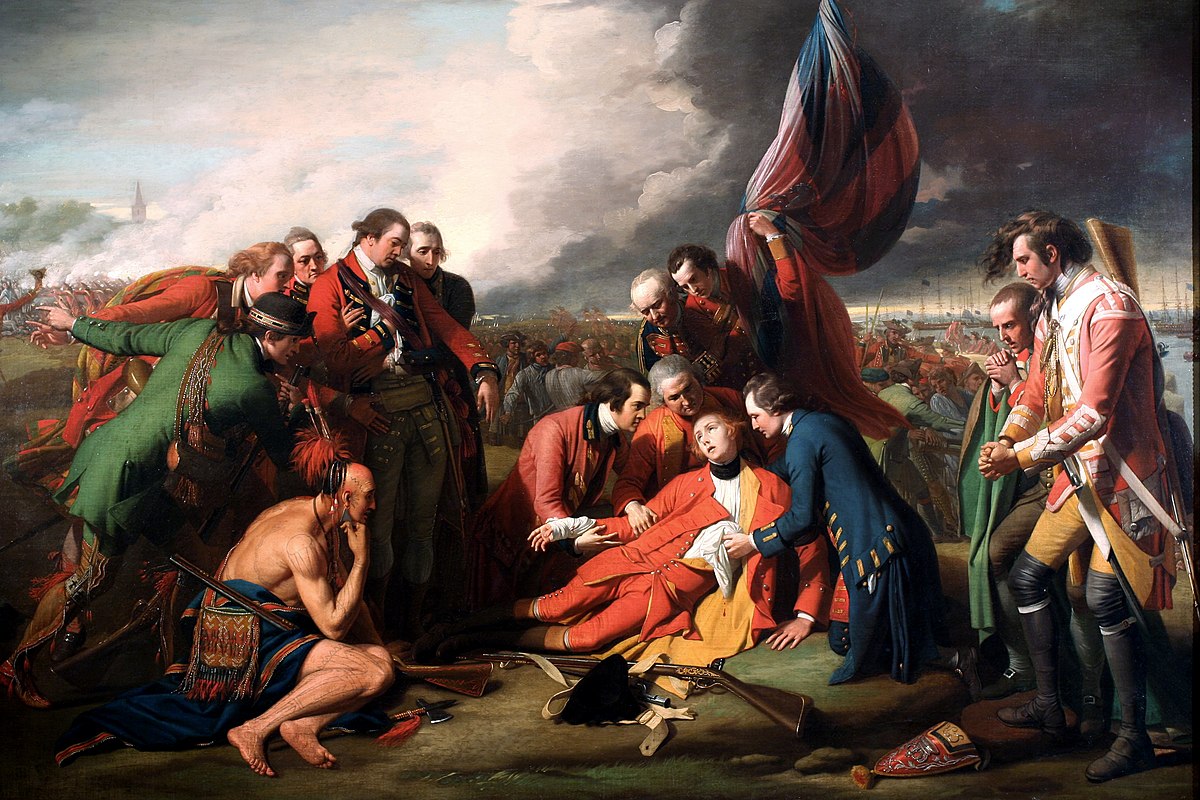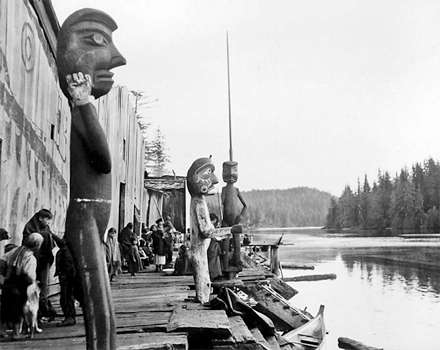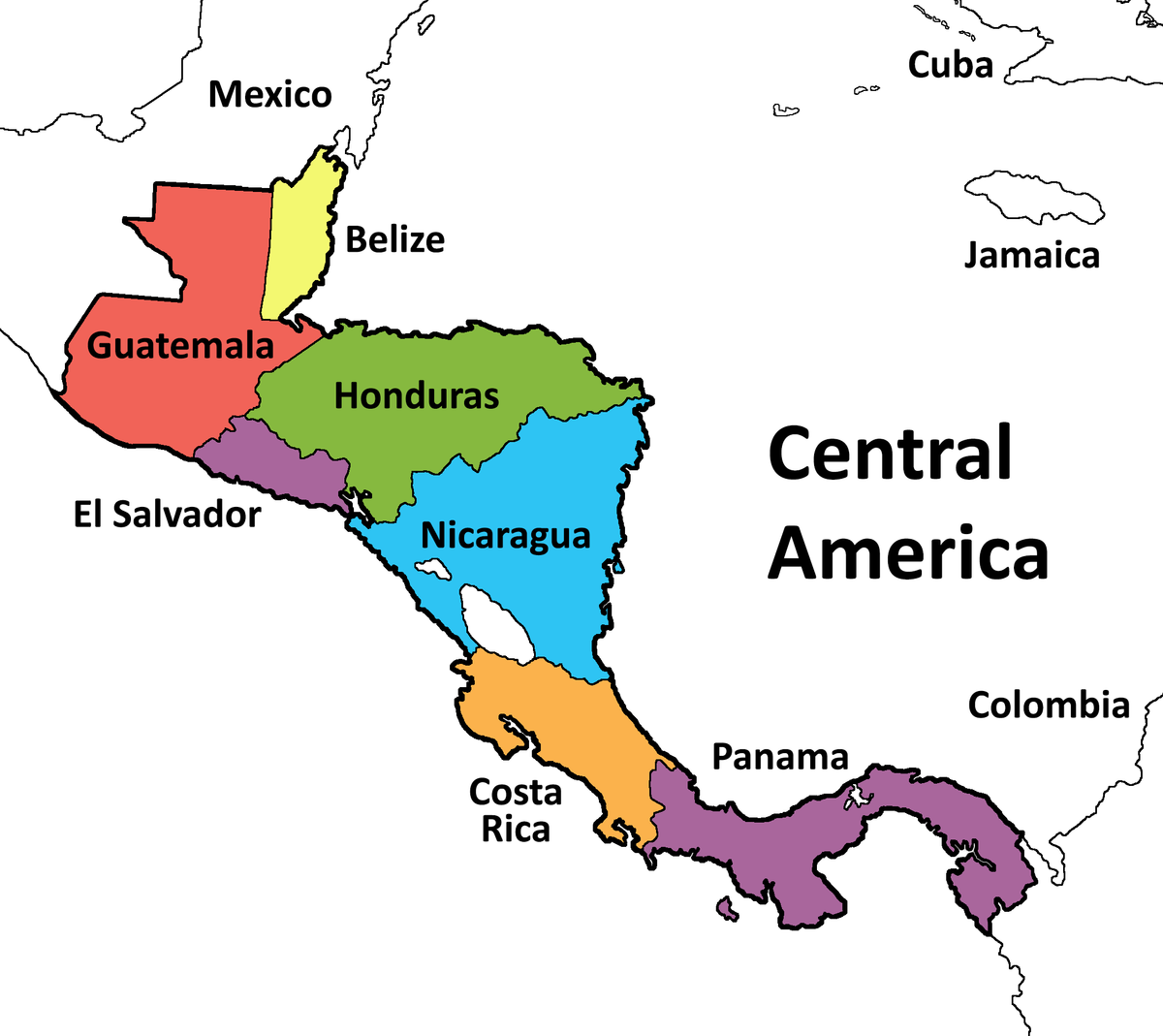AMERICAS- HISTORY- GEOGRAPHY
Make yourself a master of the American system. Gaining a strong background in American history helps to understand the evolution of the country and what it means to be an American. More than a knowledge of key facts and figures, knowing history can equip individuals with a broader perspective on current events and how society can progress.
American politics (or American government) is a field of study within the academic discipline of political science. It is primarily, but not exclusively, studied by researchers in the United States. The United States is a constitutional federal republic, in which the president (the head of state and head of government), Congress, and judiciary share powers reserved to the national government, and the federal government shares sovereignty with the state governments.
American society is strongly underpinned by moral and religious principles centering around Christianity (followed by approximately 70% of the population), as well as civic and political values of personal freedom, liberty and independence.
NORTH-SOUTH-MIDDLE-CENTRAL-LATIN AMERICA
1 NORTH AMERICA GEOGRAPHY
- PHYSIOGRPAHIC REGIONS OF NORTH AMERICA.
- CLIMATIC PATTERNS IN NORTH AMERICA.
- EUROPEAN REALMS
- POPULATION PATTERN
- NAME THE KEY CHARACTERISTICS OF THE REGIONS OF THE UNITED STATES AND CANADA.
- UNDERSTAND THE PATTERNS OF POPULATION GROWTH OR DECLINE FOR THE VARIOUS REGIONS.
- DETERMINE WHICH REGIONS HAVE SIGNIFICANT MINORITY GROUPS AND WHY.
- EXAMINE THE ENVIRONMENTAL AND SOCIAL COSTS OF RAPID GROWTH IN THE WEST.
- EXPLAIN HOW PHYSICAL GEOGRAPHY HAS CONTRIBUTED TO ECONOMIC ACTIVITIES.
- DIFFERENT NAMES -STATES OF USA
2 NORTH AMERICA HISTORY

HISTORY OF USA
- AMERICAN HISTORY
- AMERICAN REVOLUTION
- HISTORY OF SLAVERY
- BLACK HISTORY – SLAVERY
- AMERCIAN CIVIL WAR 1860
- AFTER CIVIL WAR
- PEOPLE- SLAVERY AND CIVIL WAR
- AFRICAN AMERICANS
- AMERICAN INDIANS
- GREAT AWAKENING
- SPANISH AMERICAN WAR
- THE USA- 1954-75- CONFLICT AT HOME
- USA -1920-1970-1980 WORLD WAR
- USA – 1920-73
HISTORY OF CANADA

- RIGHTS OF INDIGENOUS PEOPLES.
- VIOLENCE AGAINST INDIGENOUS WOMEN AND GIRLS.
- IMMIGRATION DETENTION.
- CORPORATE ACCOUNTABILITY.
- CLIMATE CHANGE POLICY AND IMPACTS.
- FOREIGN POLICY.
HISTORY OF MEXICO

- CRIMINAL JUSTICE SYSTEM.
- MILITARY ABUSES AND EXTRAJUDICIAL KILLINGS.
- ATTACKS ON JOURNALISTS AND HUMAN RIGHTS DEFENDERS.
- WOMEN’S AND GIRLS’ RIGHTS.
- MIGRANTS AND ASYLUM SEEKERS.
- SEXUAL ORIENTATION AND GENDER IDENTITY.
Gaining a strong background in American history helps to understand the evolution of the country and what it means to be an American. More than a knowledge of key facts and figures, knowing history can equip individuals with a broader perspective on current events and how society can progress
3 NORTH AMERICA POLITICS

- AMERICAN COLONIALISM
- USA -AMERICA REVOLUTION
- USA PRESIDENT ELECTION – DEPARTMENTS
- FOUNDING FATHERS AND PRESIDENTS
- US-CANADA WAR
American politics (or American government) is a field of study within the academic discipline of political science. It is primarily, but not exclusively, studied by researchers in the United States. The United States is a constitutional federal republic, in which the president (the head of state and head of government), Congress, and judiciary share powers reserved to the national government, and the federal government shares sovereignty with the state governments.
4 NORTH AMERICA SOCIETY AND ECONOMICS

- USA SOCIETY
- USA ECONOMICS
American society is strongly underpinned by moral and religious principles centering around Christianity (followed by approximately 70% of the population), as well as civic and political values of personal freedom, liberty and independence.
5 CENTRAL AMERICA – MESO AMERICA GEOGRAPHY

- CENTRAL AMERICAN COUNTRIES
- CUBAN REVOLUTION
- RIMLAND AND MAINLAND
While both can be translated into English as “Central America”, “América Central” is generally used to refer to the geographical area of the seven countries between Mexico and Colombia, while “Centroamérica” is used when referring to the former members of the Federation emphasizing the shared culture and history of the .
6 CENTRAL AMERICA HISTORY

- MESO AMERICA HISTORY
- AZTEC
- MAYA
- OLMEC CIVILIZATION
In the post-Cold War world, Latin America and the Caribbean have emerged as more important than ever. The dynamism of the region’s cultures, its prodigious agricultural capacity and vast energy reserves have made the region’s place in the global community more significant than at any time since the colonial era.
7 SOUTH AMERICA GEOGRAPHY 
- SUMMARIZE THE MAIN PHYSICAL FEATURES AND CHARACTERISTICS OF SOUTH AMERICA.
- EXPLAIN HOW EUROPEAN COLONIALISM DOMINATED THE REALM AND DIVIDED UP THE CONTINENT.
- DESCRIBE THE ETHNIC, ECONOMIC, AND POLITICAL PATTERNS IN THE GUIANAS.
- OUTLINE THE MAIN CULTURAL REALMS OF SOUTH AMERICA. DESCRIBE EACH REALM’S MAIN ETHNIC MAJORITY AND EXPLAIN HOW COLONIALISM IMPACTED EACH REGION.
- SUMMARIZE HOW THE SOUTH AMERICAN COUNTRIES ARE ATTEMPTING TO INTEGRATE THEIR ECONOMIES.
South America can be divided into three physical regions: mountains and highlands, river basins, and coastal plains. Mountains and coastal plains generally run in a north-south direction, while highlands and river basins generally run in an east-west direction.
8 SOUTH AMERICA POLITICS – SOCIETY
- BRAZIL
- SOUTHERN CONE
- SOUTHERN CONE – URUGUAY
- SOUTHERN CONE – ARGENTINA
- SOUTHERN CONE – CHILE
South America has diverse agricultural products, vast mineral wealth, and plentiful freshwater. It also has rich fisheries and ports on three bodies of water: the Caribbean Sea, Atlantic Ocean, and Pacific Ocean. The continent’s economy is centered on the export of natural resources.
At present, nearly all of the 33 Latin American and Caribbean countries have established democratic governments. (In Haiti, an interim civilian government is in power. A general election will take place shortly.)







